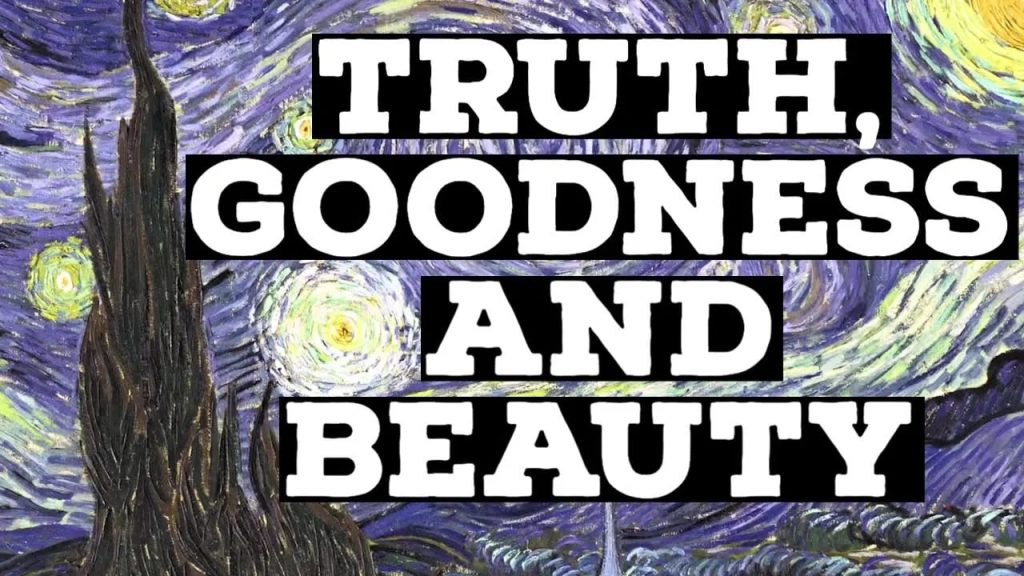
The truth about beauty and celebrities is often veiled behind a carefully crafted image of perfection. This article dives deep into the complex relationship between celebrities, the media, and the perception of beauty, exploring the factors that shape our understanding of attractiveness. Beauty ideals are often distorted, influenced by a range of factors like social media filters, industry expectations, and personal aspirations. This piece unpacks the complexities of celebrity beauty, examining the pressure celebrities face, the effects on societal standards, and providing insights into fostering a healthier view of beauty. This article will examine the constructed nature of celebrity beauty, analyzing the impact of media, societal pressures, and personal choices.
The Constructed Reality of Celebrity Beauty
Examining the Role of Media
The media plays a pivotal role in shaping our perceptions of beauty. From magazine covers to social media feeds, images of celebrities often portray an idealized and unrealistic standard. These representations, carefully curated and often digitally enhanced, create a powerful pressure to conform, setting a high bar that is virtually impossible to attain for the majority of the population. This often leads to feelings of inadequacy and low self-esteem. The relentless pursuit of an unattainable ideal can be harmful, particularly for young people who are still developing their sense of self. This idealized portrayal can lead to increased rates of eating disorders, body image issues, and mental health struggles.
The Pressure Cooker of Industry Expectations
The Unseen Sacrifices
Celebrities often face immense pressure from the entertainment industry to maintain a specific image. This pressure manifests in rigorous diets, demanding fitness regimes, and constant scrutiny. To maintain the image, there may also be reliance on expensive and time consuming procedures to alter looks. These expectations extend far beyond physical attributes, encompassing an ideal lifestyle. This curated narrative, though carefully constructed, reinforces the notion that success and attractiveness are inextricably linked, which can lead to feelings of inadequacy and pressure to conform to these ideals. This pressure is a key reason for the mental health struggles faced by many in the industry, requiring significant support systems to help manage this extreme stress.
The Illusion of Authenticity
Behind the Filters
Social media platforms have amplified the constructed nature of celebrity image. Celebrities often use filters, editing tools, and strategic camera angles to project a specific image. This process highlights a trend of carefully crafted portrayals that often don’t reflect the everyday reality of fame. Publicly showcasing a seemingly perfect lifestyle can create a skewed perception among audiences, promoting a culture of comparison and setting unrealistic expectations. This can have a significant negative impact on mental wellbeing. The pressure to appear flawless contributes to a cycle of unattainable standards and can cause significant stress for individuals in the public eye.
Reframing Beauty Standards
Embracing Diversity and Authenticity
It’s crucial to challenge unrealistic beauty standards. The pursuit of perfection, as often portrayed in the media, needs to be replaced with a more diverse and realistic understanding of beauty. Promoting a variety of body types, ethnicities, and ages fosters a more inclusive understanding. This approach is critical for promoting positive self-image. The focus should shift towards celebrating individuality, authenticity, and embracing the inherent beauty within each of us.
The Impact on Societal Perceptions
Shifting the Narrative
Celebrity beauty standards can significantly impact societal perceptions of beauty. The prevalence of images portraying one specific type of beauty can marginalize other experiences and ideals, leading to feelings of exclusion and insecurity in individuals who don’t conform. By challenging this narrow definition of beauty, we promote greater acceptance, diversity, and positive self-image among individuals.
In conclusion, the truth about beauty and celebrities is multifaceted. Celebrities, often used as role models, don’t necessarily represent authentic beauty ideals. We need to challenge the idealized representations and embrace diverse beauty standards. Recognizing the pressures and influences on celebrities allows us to approach images and narratives with greater nuance and understanding. By promoting authenticity and valuing inner qualities beyond superficial appearances, we can work towards a healthier and more genuine perception of beauty. Continue exploring this topic to challenge existing beauty norms and embrace a broader perspective on what beauty truly means.